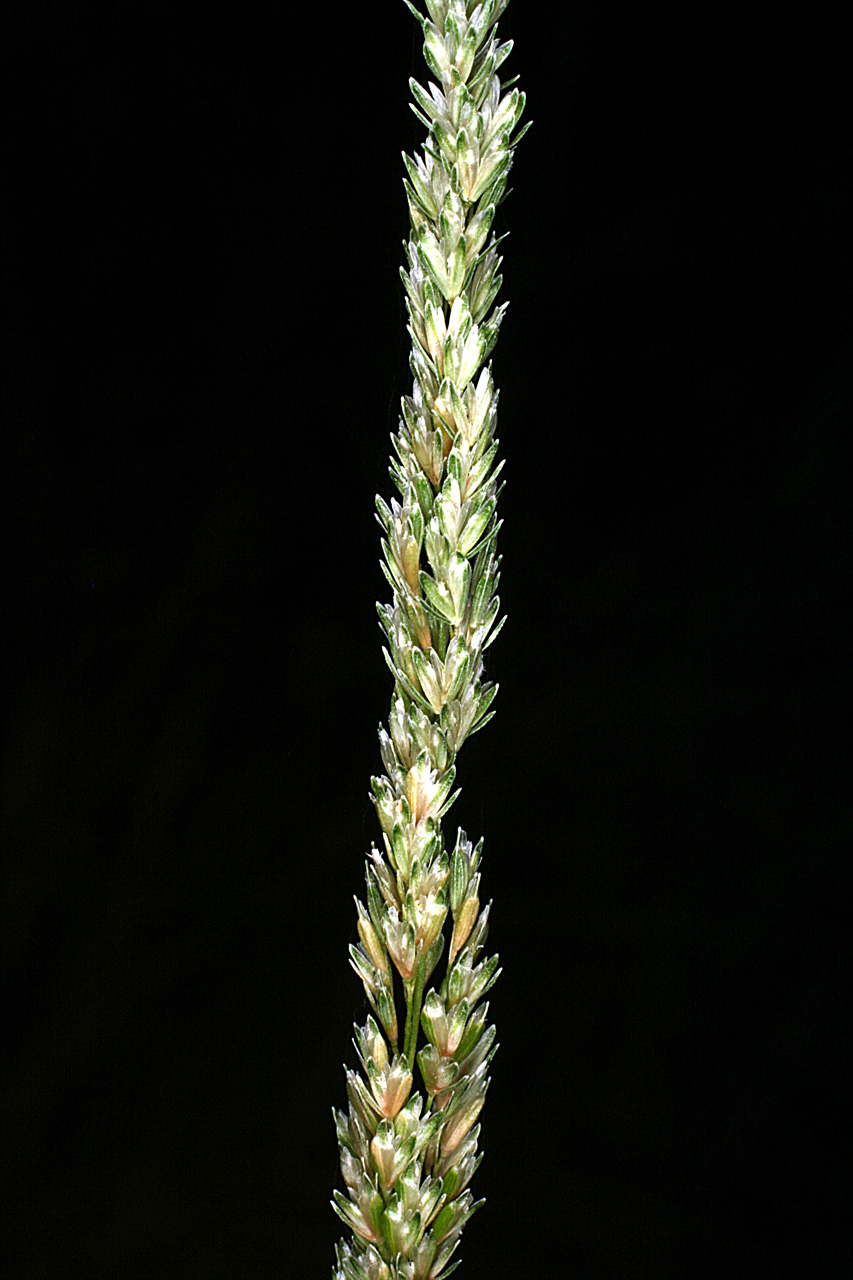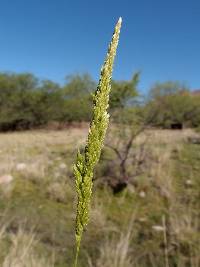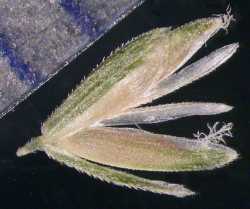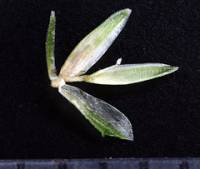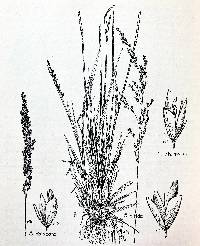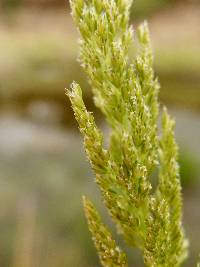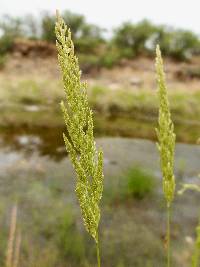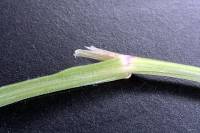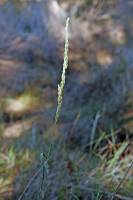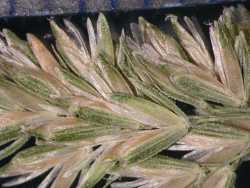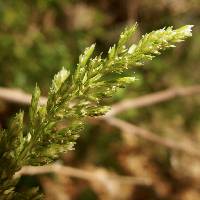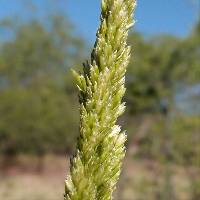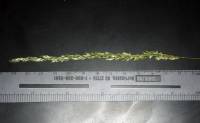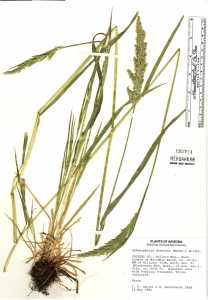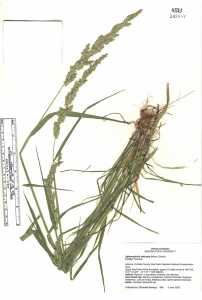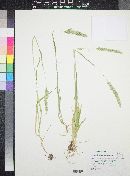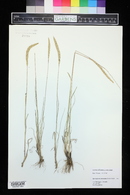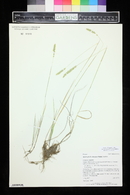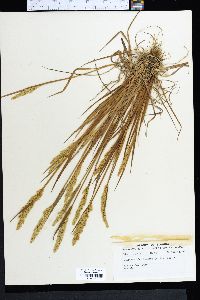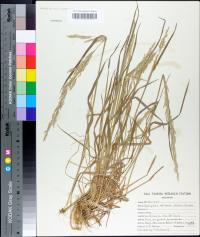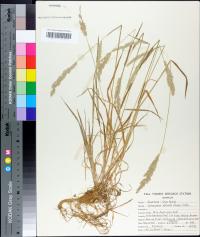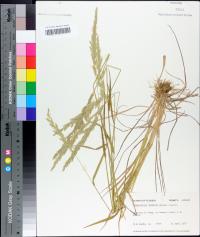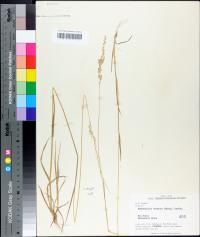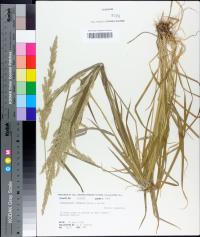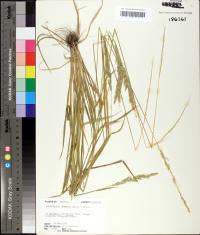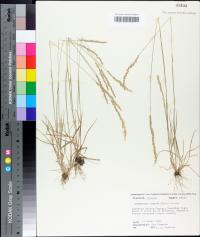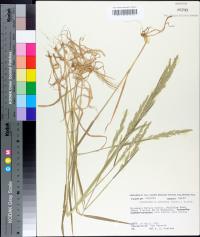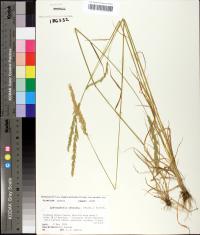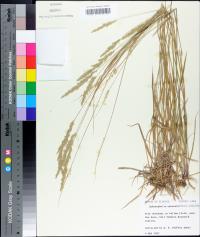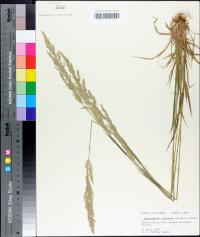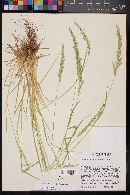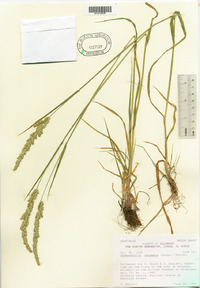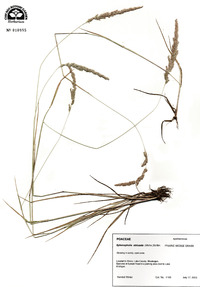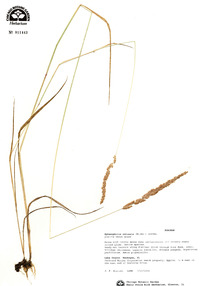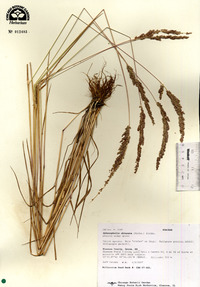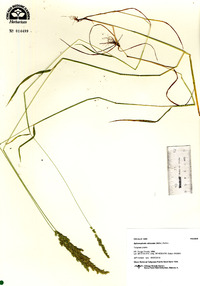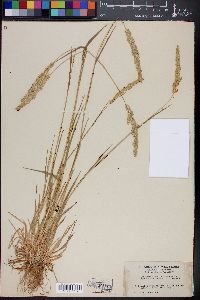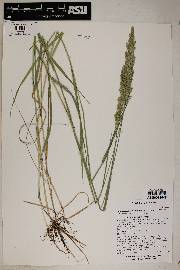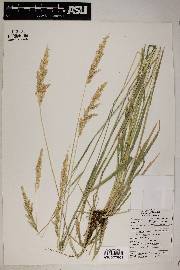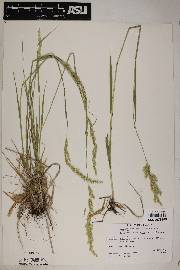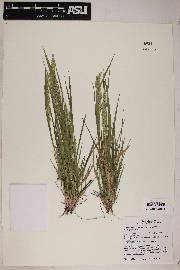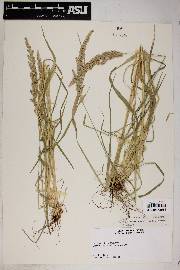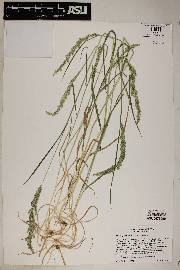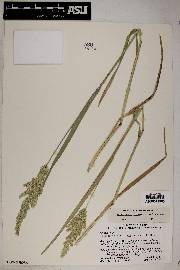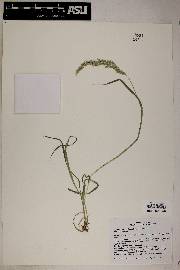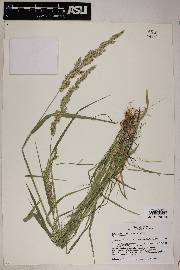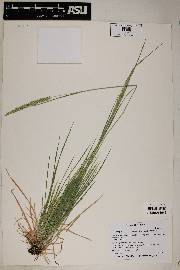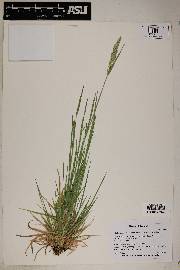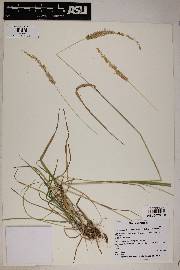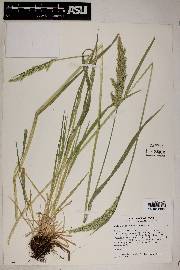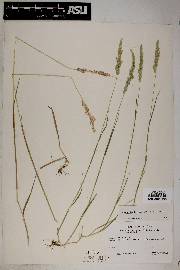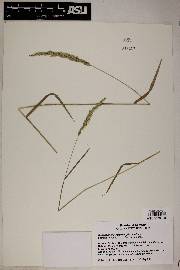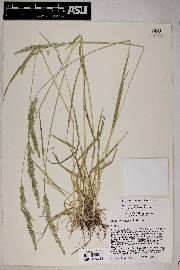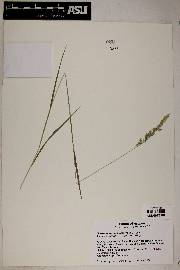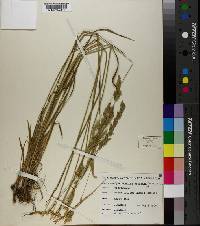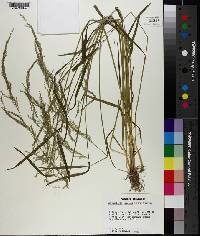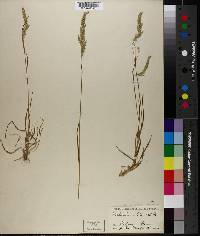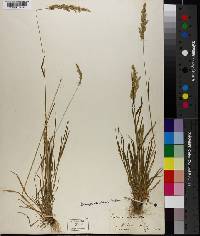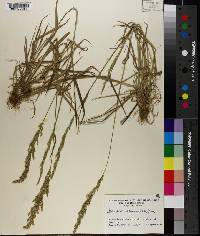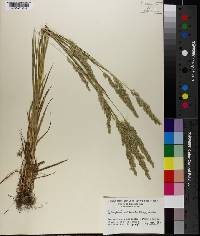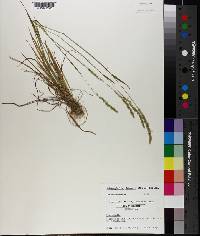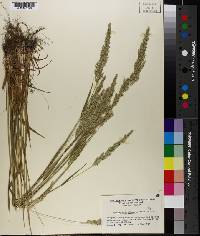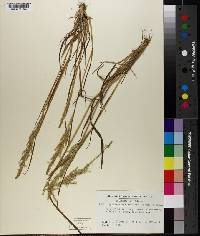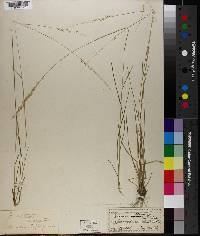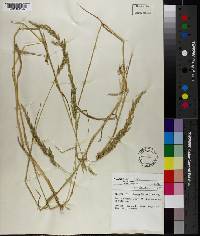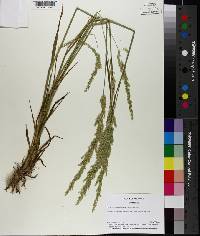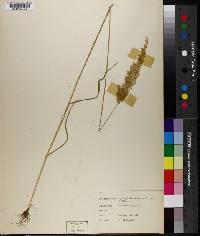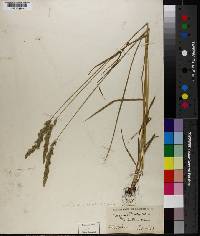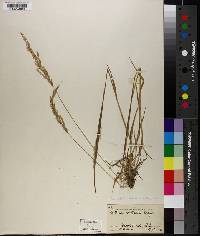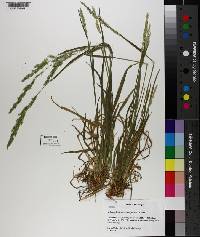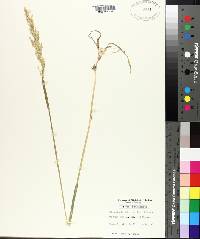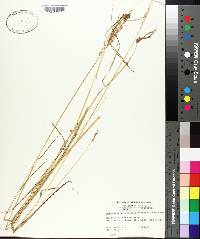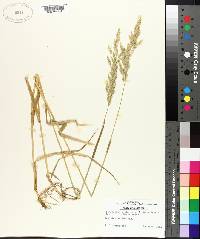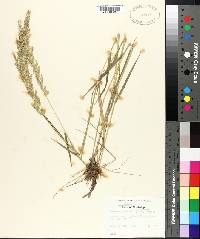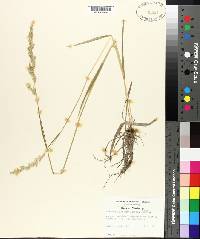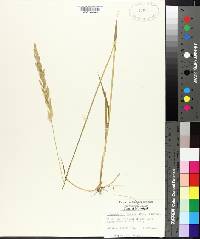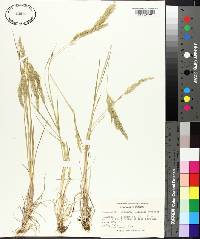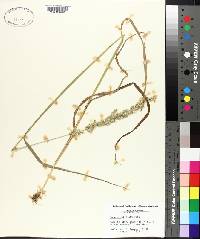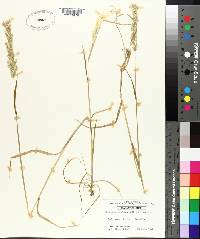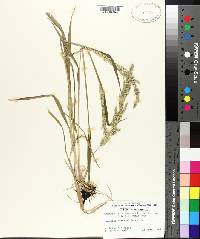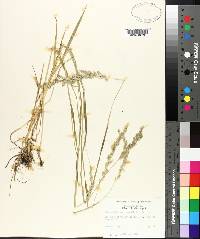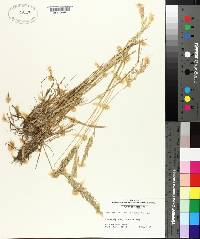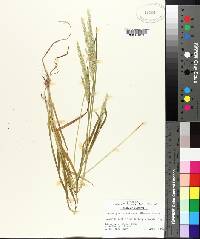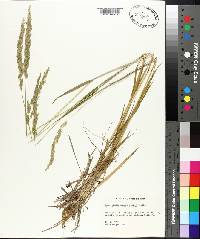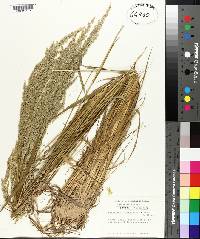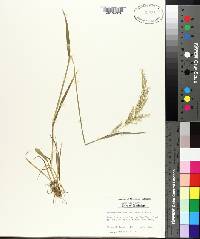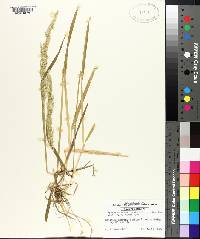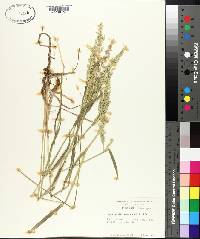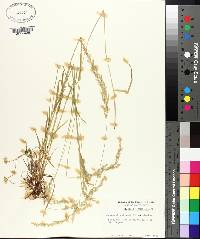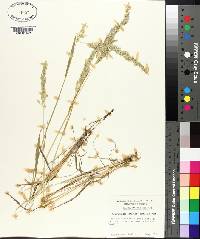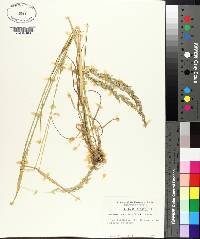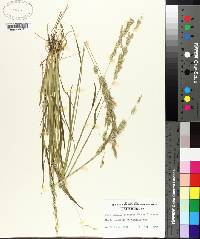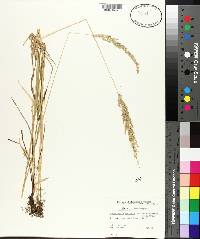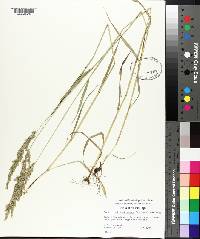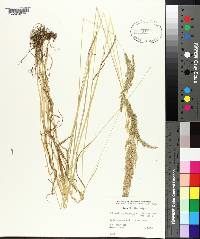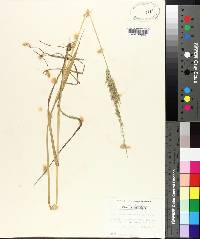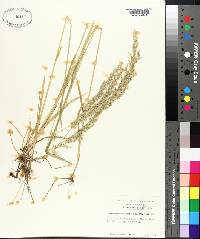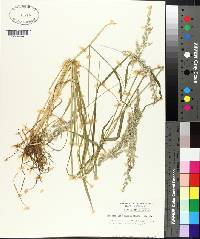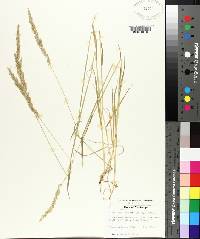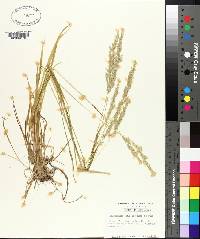
|
|
|
|
Family: Poaceae
Prairie Wedgescale, more...prairie wedgegrass
[Agrostis obtusata Steud., moreAira mexicana Trin. ex E. Fourn., Aira obtusa Raf., Aira obtusata Michx., Aira truncata Muhl., Airopsis obtusata (Michx.) Desv., Eatonia annua , Eatonia densiflora E. Fourn., Eatonia obtusata var. purpurascens , Eatonia obtusata var. robusta , Eatonia pubescens Scribn. & Merr., Eatonia robusta (Vasey ex L.H. Dewey) Rydb., Festuca obtusata Michx. ex P. Beauv., Graphephorum densiflorum E. Fourn., Koeleria lobata Trin. ex Steud., Koeleria obtusata Trin. ex Steud., Koeleria paniculata Nutt., Koeleria truncata (Muhl.) Torr., Poa obtusata (Michx.) Link, Sphenopholis annua (Suksd.) A. Heller, Sphenopholis obtusata f. obtusata (Michx.) Scribn., Sphenopholis obtusata f. purpurascens (Vasey ex Rydb. & Shear) Waterf., Sphenopholis obtusata subsp. lobata (Trin.) Scribn., Sphenopholis obtusata subsp. pubescens (Scribn. & Merr.) Scribn., Sphenopholis obtusata var. lobata (Trin.) Scribn., Sphenopholis obtusata var. obtusata , Sphenopholis obtusata var. pubescens (Scribn. & Merr.) Scribn., Sphenopholis pubescens (Scribn. & Merr.) A. Heller, Sphenopholis robusta (Vasey ex L.H. Dewey) A. Heller, Trisetum lobatum Trin.] |
FNA 2007, Gould 1980 Common Name: prairie wedgescale Duration: Perennial Nativity: Native Lifeform: Graminoid General: Perennial with stems 20-130 cm, sheaths open, glabrous or hairy, sometimes minutely roughened. Vegetative: Blades 5-14 cm long, 2-8 mm wide, usually flat, rarely slightly involute, scabrous or pubescent; ligules membranous 1.5-2.5 mm, erose-ciliate. Inflorescence: Contracted and dense panicles 5-15 cm long, 0.5-2 cm wide, usually erect, often spikelike, spikelets usually densely arranged, spikelets 2-3.5 mm; lower glumes less than one third as wide as the upper glumes, upper 1.5-2.5 mm, obtuse, rounded at broad apex, lemmas firm, glabrous or scabrous. Ecology: Found in flats, marshes, disturbed areas, often in moist soil along streams 3,000-8,000 ft (914-2438 m); flowers Notes: Similar to Koeleria cristata but differs in the smaller spikelets, non-puberulent inflorescence axis, and the ligule with a notch in the middle. Ethnobotany: Unknown Etymology: Sphenopholis is from Greek sphen for wedge and pholis for scale, referring to the shape of the upper glume, while obtusata means blunted. Synonyms: Aira obtusata, Spenopholis obtusata var. lobata, S. obtusata var. pubescens Editor: SBuckley, 2010 Annual or short-lived perennial 2-12 dm with tufted or solitary culms, the herbage glabrous to scabrous or pubescent; lvs flat, mostly 2-8 mm wide, mostly under 10 cm; ligules 1.5-3.5 mm, finely erose-ciliate; infl 0.5-2 dm, erect or nodding; glumes dissimilar, the first 1-3 mm, narrow, 0.1-0.3(-0.4) mm wide in side-view, with scabrous keel, the second 1.2-4.2 mm, broader, 0.5-1 mm wide in side-view; lemmas awnless, blunt to acute, smooth to scaberulous, the first 1.4-4.4 mm, the second a bit shorter; anthers small, mostly 0.3-0.7 mm; 2n=14. Moist meadows, streambanks, and shores of ponds or lakes; Nf. to Alas., s. to Fla., W.I., and Mex. Two vars. with similar ranges: Gleason, Henry A. & Cronquist, Arthur J. 1991. Manual of vascular plants of northeastern United States and adjacent Canada. lxxv + 910 pp. ©The New York Botanical Garden. All rights reserved. Used by permission. Panicle usually densely cylindric; second glume very broadly rounded or truncate at the tip, the length 2-3 times the folded width; lower rachilla-joint 0.5-0.7 mm. Gleason, Henry A. & Cronquist, Arthur J. 1991. Manual of vascular plants of northeastern United States and adjacent Canada. lxxv + 910 pp. ©The New York Botanical Garden. All rights reserved. Used by permission. From Flora of Indiana (1940) by Charles C. Deam Infrequent to local throughout the state. Its habitat varies from the crests of ridges in the "knobs" to low sand ridges and old lake and river bottoms. [Deam recognizes S. obtusata var. pubescens.] This is a form with the sheaths and upper and lower surface of the leaves pubescent. I have it from only the southern part of the state where it occurs in Crawford, Perry, and Posey Counties. I segregate this form from the species for the benefit of other workers who may be interested in the geographical distribution of the form. …… Indiana Coefficient of Conservatism: C = 5 Wetland Indicator Status: FAC |
|
|
|
This project was made possible in part by the Institute of Museum and Library Services [MG-70-19-0057-19].
Powered by Symbiota

